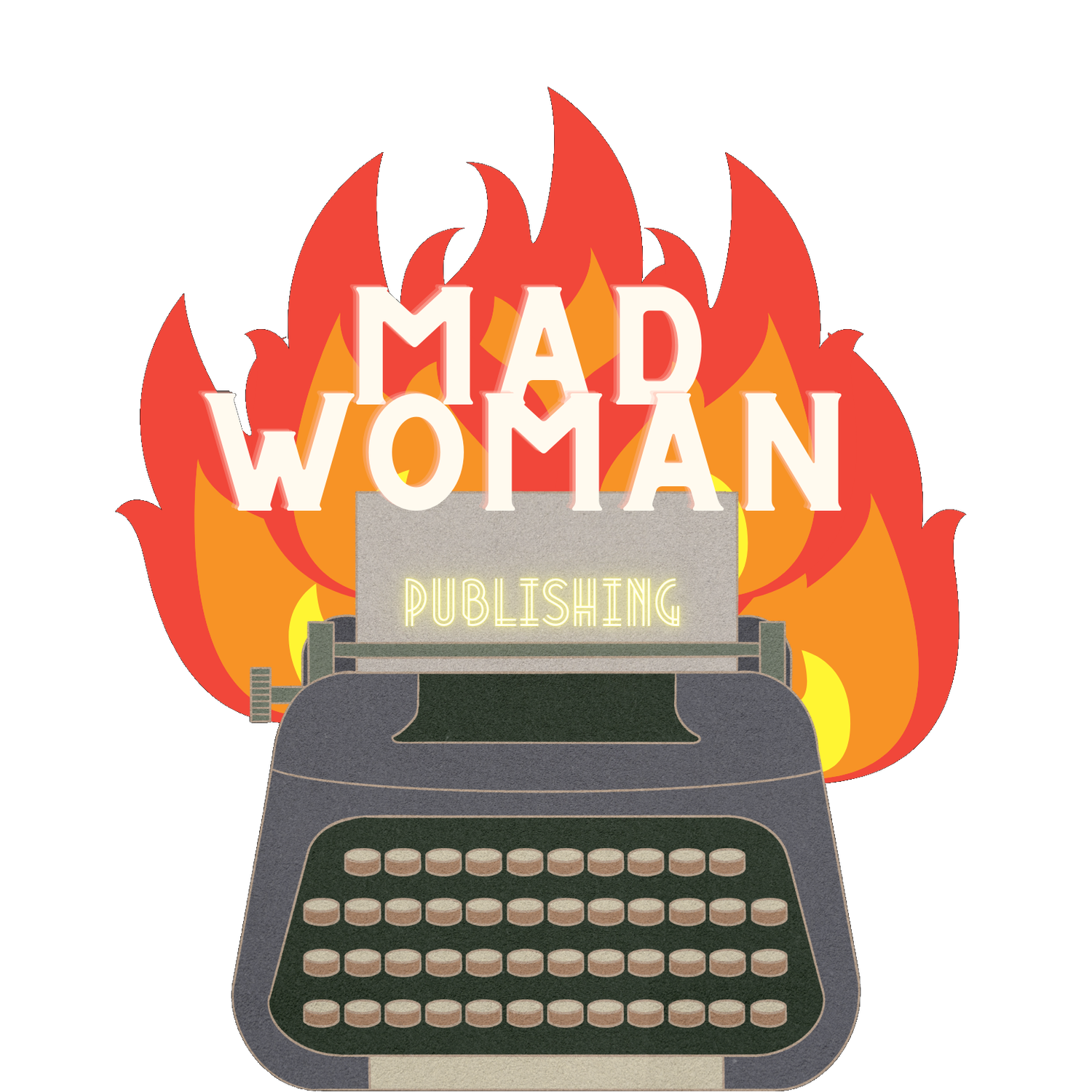
So you have a book and are looking into publication!
Congratulations! Most people never make it this far. There’s still quite a bit of a journey ahead, no matter what you decide, but the biggest thing is done!
What’s next?
Well, you can go one of three ways. You can find a literary agent, start going to publishers directly, or decide to self publish. Each of these avenues have their own host of advantages and disadvantages.
Finding a literary agent is the most “traditional” path forward, for whatever that’s worth. A good agent should share your same artistic vision for the work and have a wealth of industry knowledge to ensure that your book has the best chances it can with publishers. In return, you’ll be giving up a share of whatever you make on your book. Be wary of agents who charge up-front; the space has an issue of hosting some snake oil salesmen.
As an unfortunate side note, during COVID-19, so many people decided to write a book that many agents stopped accepting new clients. It was always difficult to find an agent as a new author but it’s especially tough now.
What if I don’t want an agent?
If you don’t want an agent (or have been trying to find one for so long you’re just frustrated and want to go down a different path), you can always approach publishers directly. Most publishers - including Mad Woman Publishing - have avenues for direct submission. The larger the publisher, the less likely that your manuscript will be reviewed in a reasonable amount of time (as they mainly go through agents), but you never know! Smaller publishers typically will review directly submitted manuscripts much quicker. As an example, we try to turn around submission decisions within a month.
Whether you have gone through an agent or directly submitted to a publisher, once a manuscript is selected for publication, you will sign a contract and begin going through the publication process. This includes developmental editing/revision, line edits, proofreading, formatting, graphic design, and everything else that must be done to get the book across the finish line and ready to print. Your publisher should be taking most of this on themselves (consulting with you the whole way, of course). Be sure to budget time for your publisher to get through these processes.
Again, be wary of any publisher who asks for money up-front or requires a large author order. These are known in the industry as “vanity” presses and they operate with the express purpose of separating authors from their cash. If you just want your book in print, they have famously low barriers to entry. But don’t expect them to do much, if anything, beyond printing what you give them. You’re probably better off self-publishing at that point.
Self-Publishing? Isn’t that terrible?
It used to be much harder to self-publish a book successfully. However, in the digital age, there are a number of self-publishing avenues, such as Ingram Spark, that enable you to sell your book to local bookstores and directly to customers with relative ease. The biggest difference is that you will be responsible for all of the revisions, graphic design, and other pieces that a publisher typically handles. If you are not familiar with these processes, you can also hire freelancers to work on these pieces.
The largest danger of self-publishing is that, as the author, you can be a bit too close to your work to make these calls objectively on your own. One of the biggest drawbacks of self-publishing is that you are not automatically getting an outside opinion prior to publication. Having beta-readers or hiring editors can be a helpful way of ensuring you get feedback on your work.
***
Whatever you end up deciding, we wish you the best of luck!
